Land art is a term used to describe a broad range of site-specific works in which the natural landscape is not only the medium but also part of the work itself. Land art has been described as “a lineage of artists who share certain qualities, interests, and concerns in common.” American critic and curator Douglas Crimp coined the term land art in 1969 to describe “art that sits on the land, rather than hangs on walls,” but others had used it for years before.
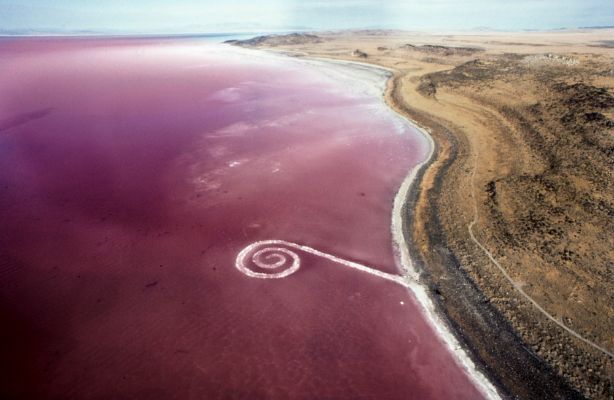
A Brief History of Land Art
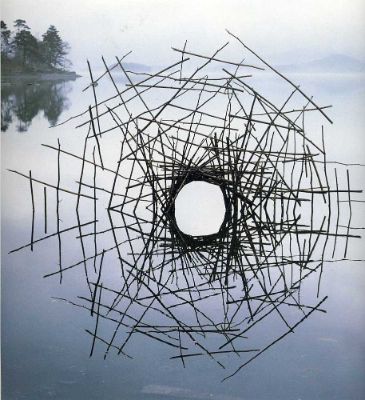
Land art emerged in the 1960s and 70s, a time of great social and political upheaval in the United States. The movement responded to the growing concern over the environmental impact of industrialization and the increasing urbanization of society. In this context, artists began to explore new ways of creating art not confined to traditional art spaces such as galleries and museums.
In 1968
One of the earliest land art projects was the work of the artist Robert Smithson. In 1968, he created his famous Spiral Jetty installation in the Great Salt Lake in Utah. The installation consists of a 1,500-foot-long coil of rocks and earth that juts out into the lake, creating a striking visual contrast between the natural environment and the man-made object.
Other influential land artists of this era included Michael Heizer, who created Double Negative, a massive cut in the side of a mesa in Nevada, and Nancy Holt, who created the Sun Tunnels, a series of four concrete tubes arranged in a cross-formation in the Utah desert.
Land art also became associated with other art movements, such as minimalism and conceptual art. Artists sought to challenge traditional notions of art by emphasizing the process of creation and the relationship between the artwork and the environment in which it was located.
In the 1980s and 90s
Land art continued to evolve, with artists exploring new ways of creating more sustainable and eco-friendly works. This period they also shifted towards more community-based art projects, with artists collaborating with local communities to create works celebrating the local environment and culture.
Today
Land art remains an important and influential art form, with artists continuing to push the boundaries of what is possible by using natural materials and incorporating the natural landscape. The movement continues to serve as a powerful reminder of the relationship between humans and the environment and the importance of preserving the natural world for future generations.
Elements of Land Art
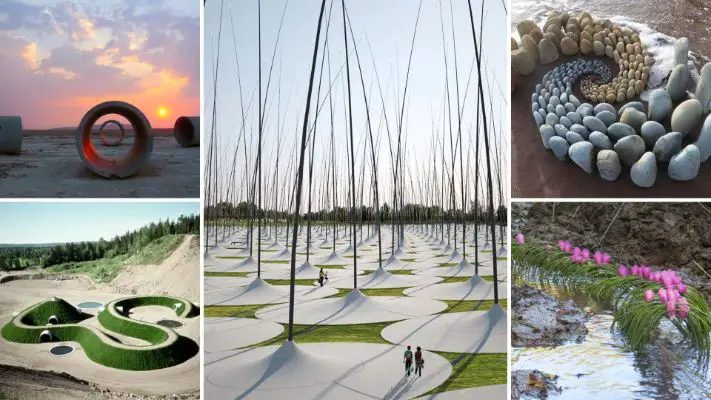
Land art is a term used to describe a wide variety of artworks that are created in or with nature. Land art includes:
- Earthworks (e.g., mounds and piles).
- Site-specific sculpture (e.g., Richard Long’s Journeys, Robert Smithson’s Spiral Jetty).
- Other works in the outdoors or on undeveloped land.
The movement began in the 1960s in California, New York, and Texas, then spread across the country and around the world.
Some artists who influenced the development of land art include Andy Goldsworthy and Robert Smithson.
Use of natural materials
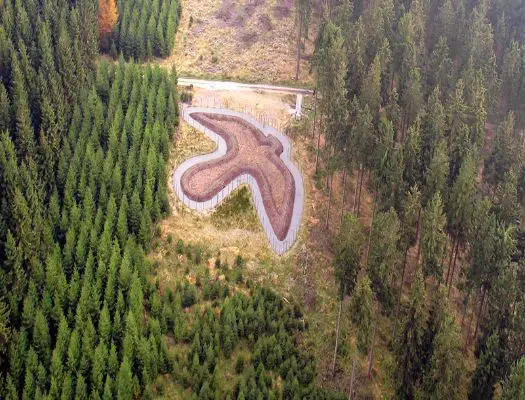
One of the defining characteristics of land art is using natural materials such as rocks, soil, wood, and vegetation. These materials are often sourced from the immediate environment where the artwork is located and are used to create sculptures, installations, and other forms of artistic expression. Using natural materials emphasizes the connection between the artwork and the environment and highlights the interdependence between human society and the natural world.
Incorporation of the natural landscape
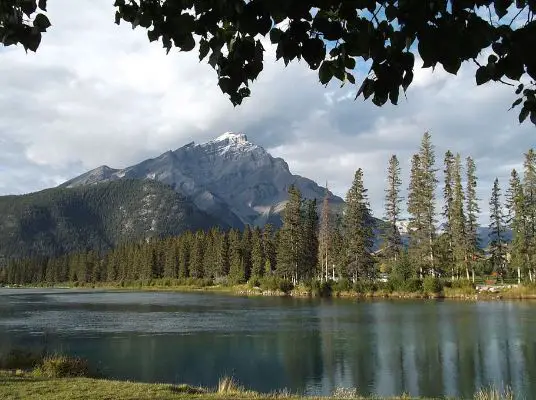
Land art installations are often designed to interact with the natural landscape in which they are located. This could involve creating works that blend seamlessly into the surroundings or contrast strikingly. Land artists often use the natural features of the environment, such as hills, rivers, or deserts, to create site-specific works that are intimately tied to the location.
Temporary or permanent installations
Land art can be both temporary and permanent. Temporary installations are designed to be ephemeral, either because they are created using perishable materials or meant to be removed after a certain period. This transience emphasizes the impermanence of human existence and underscores the importance of appreciating the present moment. On the other hand, permanent installations are designed to endure over time, often becoming integrated into the landscape and taking on a new life as they weather and age.
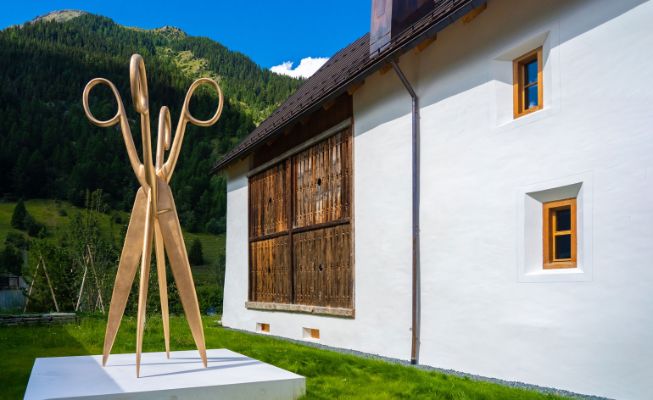
These elements, along with other factors such as the use of large-scale works, minimalism, and a focus on process over product, make land art a unique and distinct art form that challenges traditional notions of art and the relationship between humans and the natural world.
Famous Land Artists
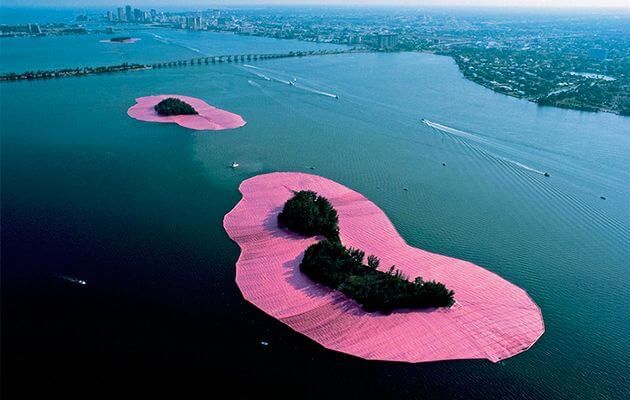
Robert Smithson
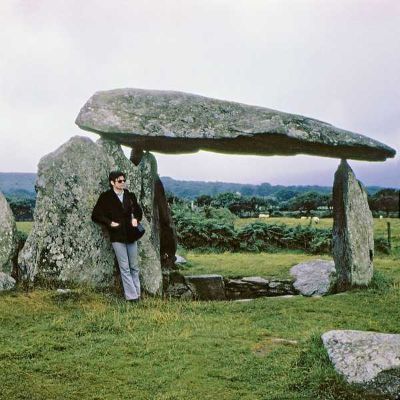
Robert Smithson was one of the pioneers of the land art movement. His most famous work is the Spiral Jetty, an installation of a 1,500-foot-long coil of rocks and earth that juts out into the Great Salt Lake in Utah. The installation is a powerful statement on the relationship between humans and the natural world and has become an iconic symbol of the land art movement.
Andy Goldsworthy
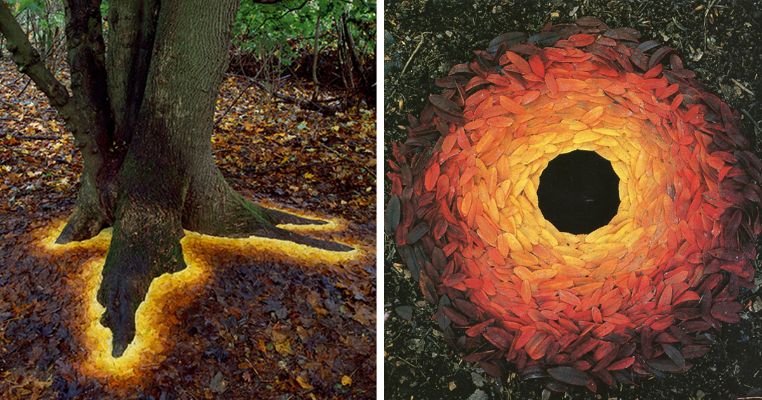
Andy Goldsworthy is a British artist known for his intricate and temporary installations made from natural materials such as leaves, rocks, and ice. His works often explore the relationship between humans and the natural world and are designed to highlight the beauty and fragility of the environment.
Christo and Jeanne-Claude
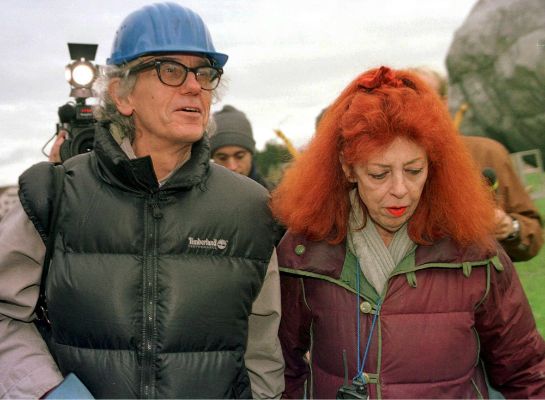
Christo and Jeanne-Claude were a husband-and-wife team known for their large-scale environmental installations. Their works often wrapped buildings or landscapes in fabric, creating a striking visual contrast between the natural environment and the man-made object. Some of their most famous works include The Gates in Central Park and the Wrapped Reichstag in Berlin.
Nancy Holt
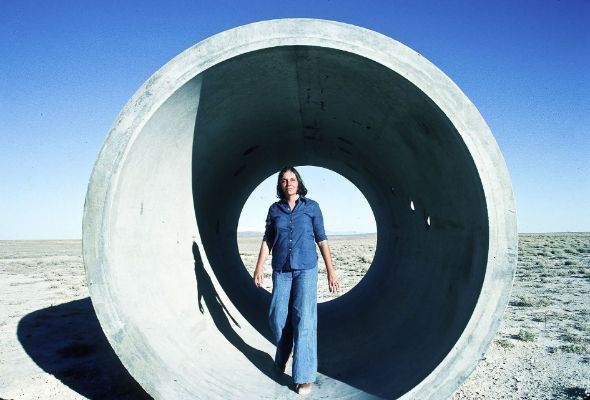
Nancy Holt was a pioneering land artist who created works often involving light and shadow to create immersive, site-specific installations. Her most famous work is the Sun Tunnels, a series of four concrete tubes arranged in a cross formation in the Utah desert that align with the sunrise and sunset on the summer and winter solstices.
Michael Heizer
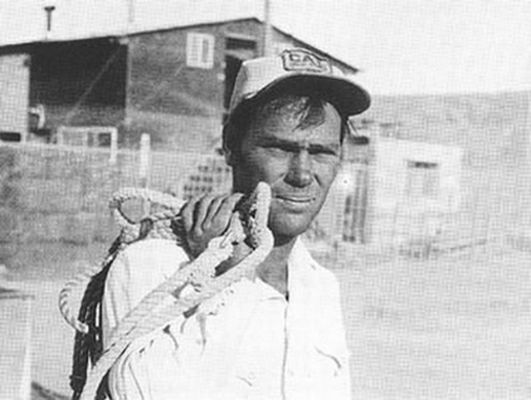
Michael Heizer is a prominent American artist known for his large-scale earthworks and sculptures. His most famous work is Double Negative, a massive cut in the side of a Nevada mesa measuring 1,500 feet long and 50 feet deep. The installation is a powerful statement on the relationship between humans and the environment and has become an iconic symbol of the land art movement.
![]()
Land Art For Kids
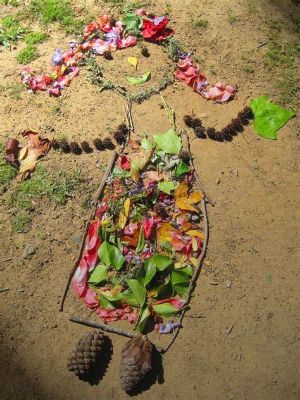
Land art is a great activity for kids that encourages creativity, outdoor exploration, and environmental awareness. Here are some tips for introducing kids to land art:
Gather natural materials
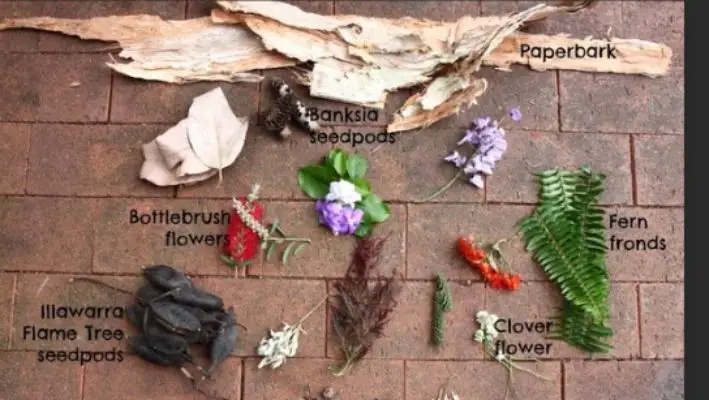
Take a nature walk with your kids and gather rocks, leaves, sticks, and flowers.
You can also show your kids that the material they gather for land art can also be used in collage art for their diaries and other purposes.
Find a location
Choose a spot in your backyard or a local park where your kids can create their land art installation.
Encourage creativity
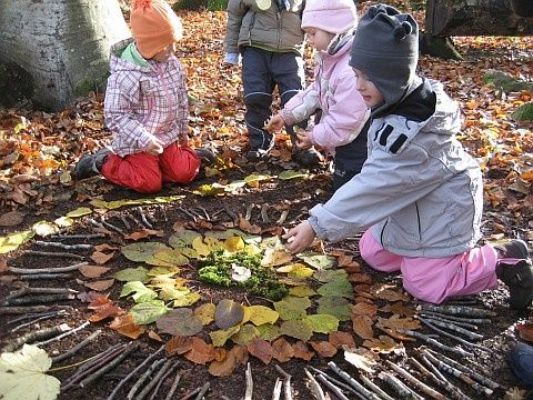
Let your kids use their imagination to create unique installations. They can make patterns, sculptures, or even a maze.
Emphasize eco-friendly practices
Teach your kids about protecting the environment using only natural materials and not disturbing the surrounding ecosystem.
Reflect on the experience
Encourage your kids to reflect on their experiences and discuss the relationship between art and nature.
Land art is a fun and engaging activity that can inspire kids to appreciate the beauty of the natural world and become more environmentally conscious.
Environmental Implications of Land Art
Eco-friendly materials
Many land artists use eco-friendly materials such as rocks, soil, and natural vegetation to minimize environmental impact. This approach highlights the importance of sustainable practices and encourages artists and viewers alike to consider their environmental impact.
Raising environmental awareness
Land art often draws attention to environmental issues like deforestation, climate change, and pollution. By creating works that engage with the natural environment, land artists encourage viewers to reflect on their relationship with nature and the impact of human activity on the environment.
Relationship between art and nature
Land art blurs the boundary between art and nature, emphasizing the interdependence between humans and the natural world. By creating works integrated into the landscape, land artists encourage viewers to think about the relationship between art and the environment and consider art’s role in preserving and protecting the natural world.
Examples of Land Art Installations
Spiral Jetty by Robert Smithson
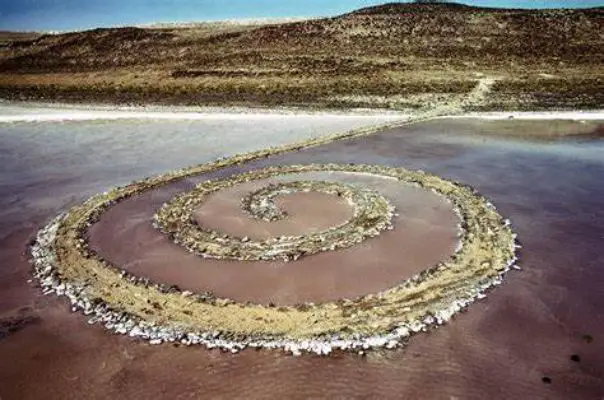
Spiral Jetty is one of the most iconic examples of land art. Created in 1970, the installation consists of a 1,500-foot-long coil of rocks and earth that juts into the Great Salt Lake in Utah. The installation is a powerful statement on the relationship between humans and the natural world and has become an iconic symbol of the land art movement.
Broken Circle and Spiral Hill by Robert Morris
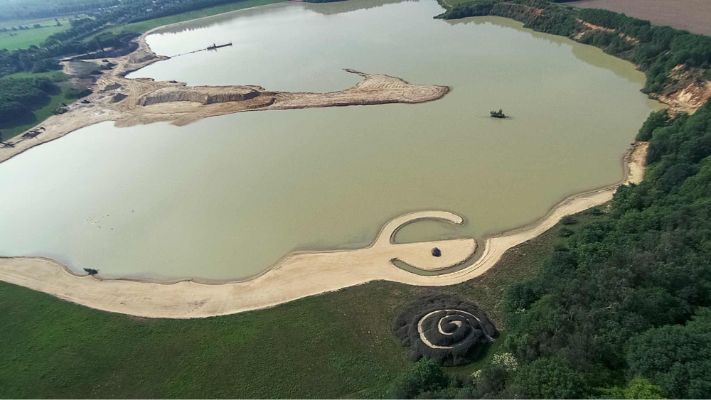
Created in 1971, Broken Circle and Spiral Hill is an installation of a circular stone wall surrounding a mound of earth. The work is located in Emmen, Netherlands, and is intended to be experienced as a space for contemplation and reflection.
The Lightning Field by Walter De Maria
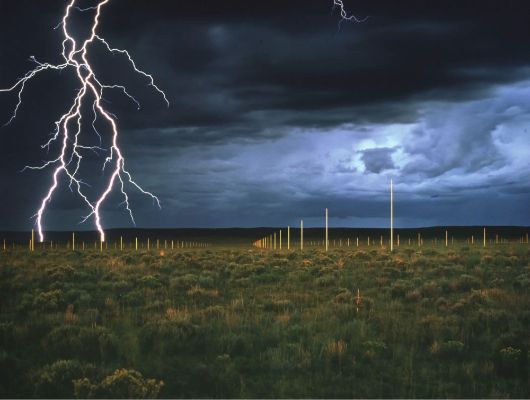
The Lightning Field installation in western New Mexico consists of 400 stainless steel poles arranged in a grid pattern over 1 mile by 1 kilometer. The installation is designed to attract lightning strikes and is intended to be experienced as a space for contemplation and reflection on the power and beauty of nature.
Double Negative by Michael Heizer
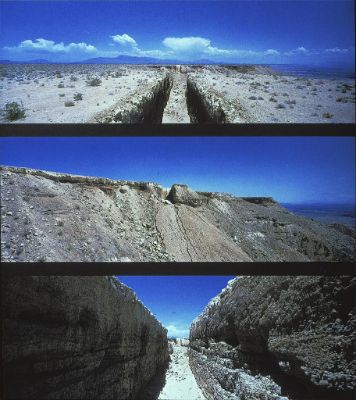
Double Negative is a massive cut in the side of a Nevada mesa measuring 1,500 feet long and 50 feet deep. The installation is a powerful statement on the relationship between humans and the environment and has become an iconic symbol of the land art movement.
The Spiral by Richard Long
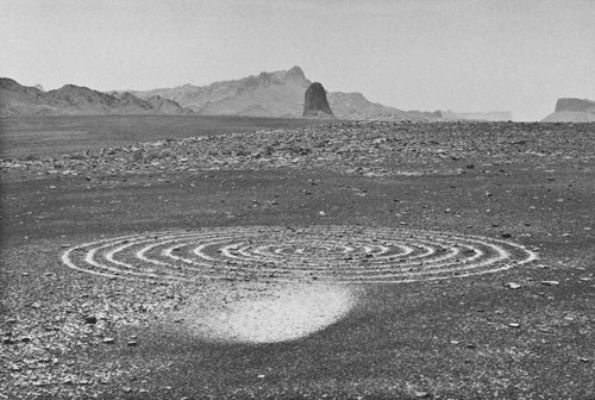
The Spiral is an installation by Richard Long in 1979. The work consists of a spiral made from natural materials, such as stones and sticks, created in a field near his home in Bristol, England. The installation is a powerful statement on the relationship between humans and the natural world and highlights the beauty and fragility of the environment.
Conclusion
Land Art is a powerful movement emphasizing the relationship between art and nature. Using eco-friendly materials and creating immersive installations, Land Art encourages viewers to reflect on their impact on the environment and appreciate the beauty and fragility of the natural world.
